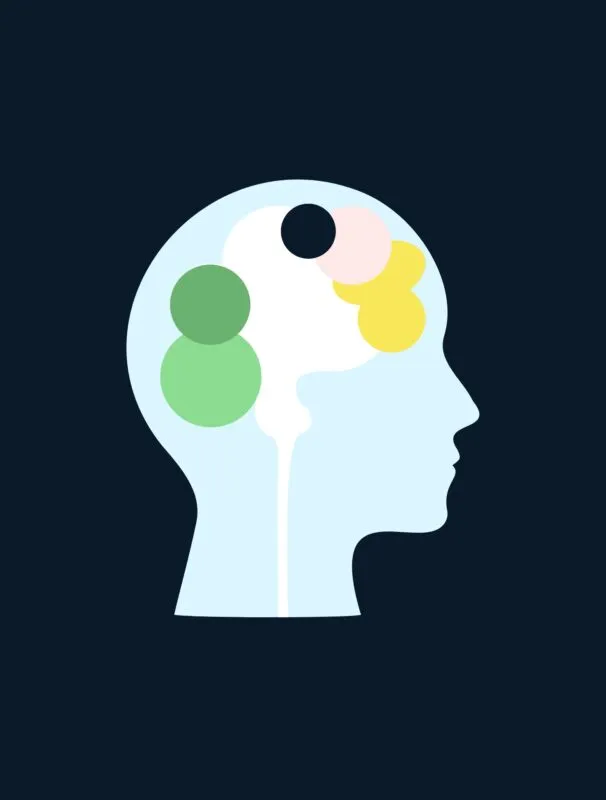Branding works because we are lazy; how brands get stuck in your brain.
Words: Hugh Stevenson
Published on December 31, 2023

We see 100s of visual messages from brands every day but how do they actually influence choice?
We see 100s of brand messages, logos, codes in some form every day. We ignore most of them. We decide if we want to engage, buy or choose – right? But what if these choices aren’t actually autonomous? What if we make decisions about brands without even knowing why?
(Quick one – our definition of a brand is anything that aims to build a reputation or a set of associations in somebody’s mind that will, in turn, influence a decision. Tech product, company, development project, protein bar, car, restaurant, supermarket, city, railway etc.)
Behavioural science tells us we use emotions and habits to simplify decision making (even when we think we are being rational, but that’s another blog). Without them, making a choice becomes hard work. And who likes hard work?
Daniel Kahneman is widely acknowledged as the man who changed the way we think about thinking with his research on biases and decision-making. He’s a very clever chap. Although not his original theory, he popularised the idea of System 1 and System 2 thinking. This has driven much of the enthusiasm and promotion for the neuroscience of branding in recent years.
System 1 is fast, automatic and intuitive. Whereas System 2 is slow, conscious and deliberate.
System 1 is the realm of emotion, habit and impulses. It’s the realm of previously held beliefs and experiences. It’s easy and frictionless.
System 2 takes the time to figure things out and weigh up the pros and cons, looking for information to make the best decision. It’s also effortful.
The two work together in tandem. It’s a simple metaphor for a complex relationship. While the theory has its critics, it remains a useful framework for thinking about brands and decision making.
Most of our everyday decisions are made mostly using System 1; i.e. they are quick and instinctive. If we consciously weighed up every decision every day that would be a lot of System 2. We’d go mad and never get anything done. Usually, we don’t really think when we’re thinking.
In evolutionary terms, it provides some serious efficiencies. System 2 literally uses more energy (the brain already uses about 20% of our energy). It’s not very useful to be pondering potential outcomes when we’re in immediate danger or when a decision is necessary.
But what about branding? Brands act as shortcuts. System 1 uses our previous associations and feelings to make quick decisions easily without getting bogged down.
Kahneman’s work has been adopted by marketers because it explains scientifically why the branding basics of emotion, distinctive assets, consistency and fluency are so important in this process.
In over simplistic terms, the process looks a bit like this:
1) Grab attention and showcase the brand codes (logo, colour, imagery, sound, character etc). Simply noticing a brand again and again makes it familiar and generates positive feelings towards it
2) Once you have people‘s attention, load the memory with those features that you want to become associations; through advertising or experience to generate positive emotion. This takes time and effort. (System 2)
3) Use the brand codes to trigger that memory later through advertising or an experience to influence choice. (System 1)
4) Repeat 1-3 to reinforce the memory and stay ‘top of mind’
Our brains are hardwired to be association machines which means we can
a) make the connections between brand elements and how we feel about them
b) we retrieve those easily again when primed later.
The stronger the emotion, the stronger the net of associations and the stronger the memory.
And the more you choose something, the stronger those neural pathways become, so the more likely you are to take the easy option and default to it next time. Because we are lazy, brands that are familiar and easy to recall (mental availability) are more likely to be preferred.
This applies to big ticket items too. We might spend a bit more time using System 2 to research and rationalise an exotic holiday or a luxury item. But System 1 completes and finishes, even if we don’t realise it. System 1 rules. Because thinking about stuff is hard work!
Written in collaboration with Dr Guido Orgs.

